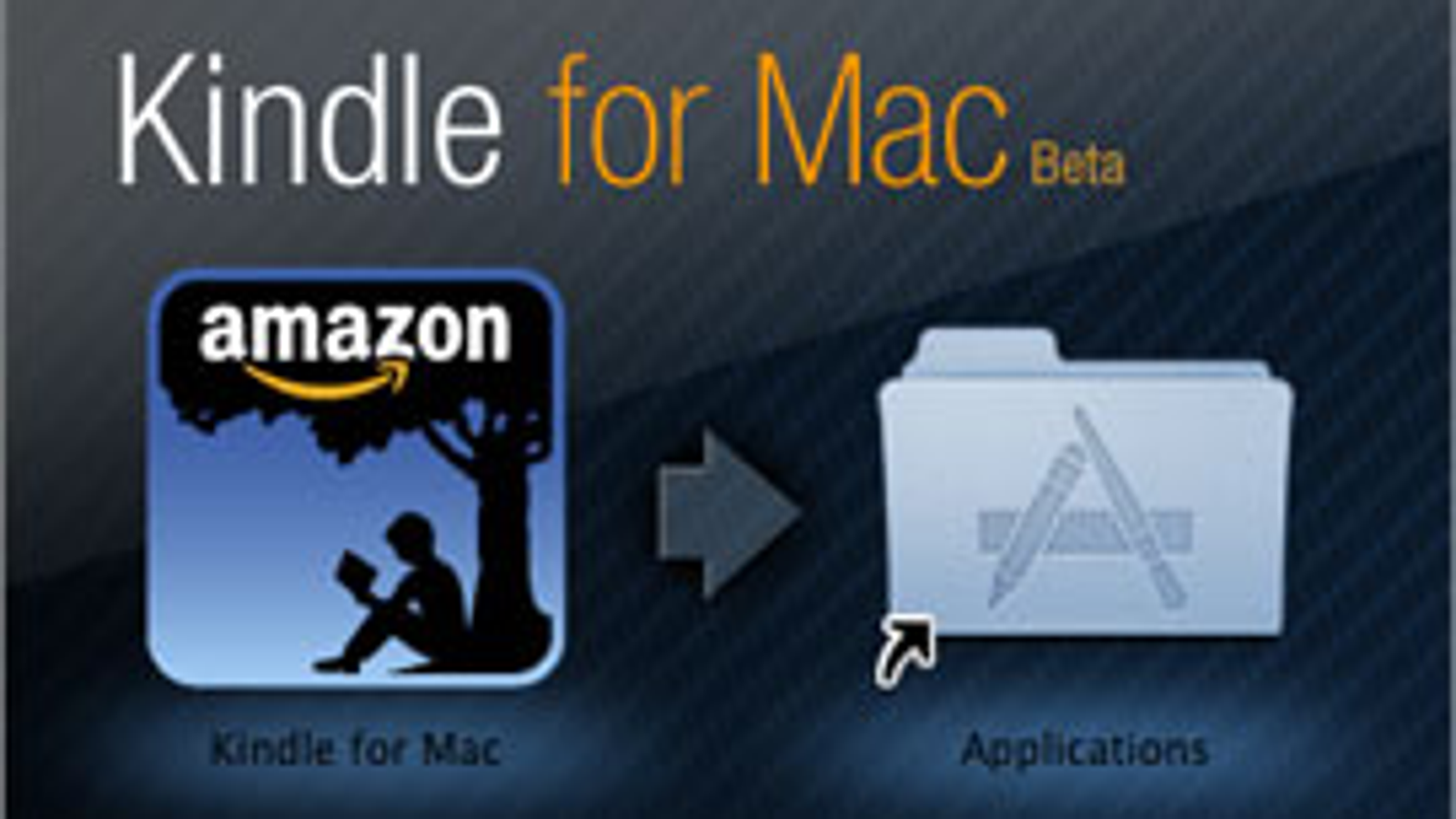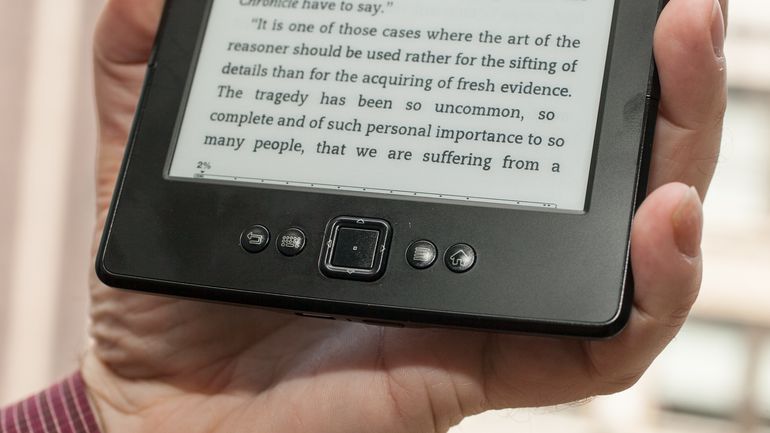
Much has changed in the past couple years since this post was first published Amazon has added new features to the Kindle platform and some of the tools I found then are no longer supported by their developers (in fact, one or two tools in this post were simply abandoned and had their domains snapped up by gay porn sites). I recently updated my four-year-old post on Kindle annotation tools, and I realized it was time to do this post as well.

If you still run into problems, you can always access the Kindle Cloud Reader in Safari.Amazon’s Kindle is a great reading platform with a number of useful annotation features, but sometimes it’s not enough.

This tutorial primarily works if you had the Kindle app installed, before you upgraded from Catalina to Big Sur. If you are running into the problem where Apple is refusing to even install the app, you might want to look at their security and privacy guide settings, it walks you through how to safely install apps that are not found on the Apple App Store. Once both of these folders are deleted, you can reinstall the Kindle for Mac app and it will work again.

Next, you have to visit Users > Home > Library > Application Support > Kindle folder and delete this folder and then visit Users > Home > Library > Containers > folder and delete this folder too. In order to get the Kindle for Mac app working again, you need to uninstall it. Simply uninstalling and reinstalling the app doesn’t work, so what should you do? There is a new workaround that will make Kindle for Mac function again. This problem is occurring on Intel and M1 processors. If you had the Amazon Kindle app for Mac installed on your MAC and upgraded to Big Sur, many users are reporting that it no longer works.


 0 kommentar(er)
0 kommentar(er)
